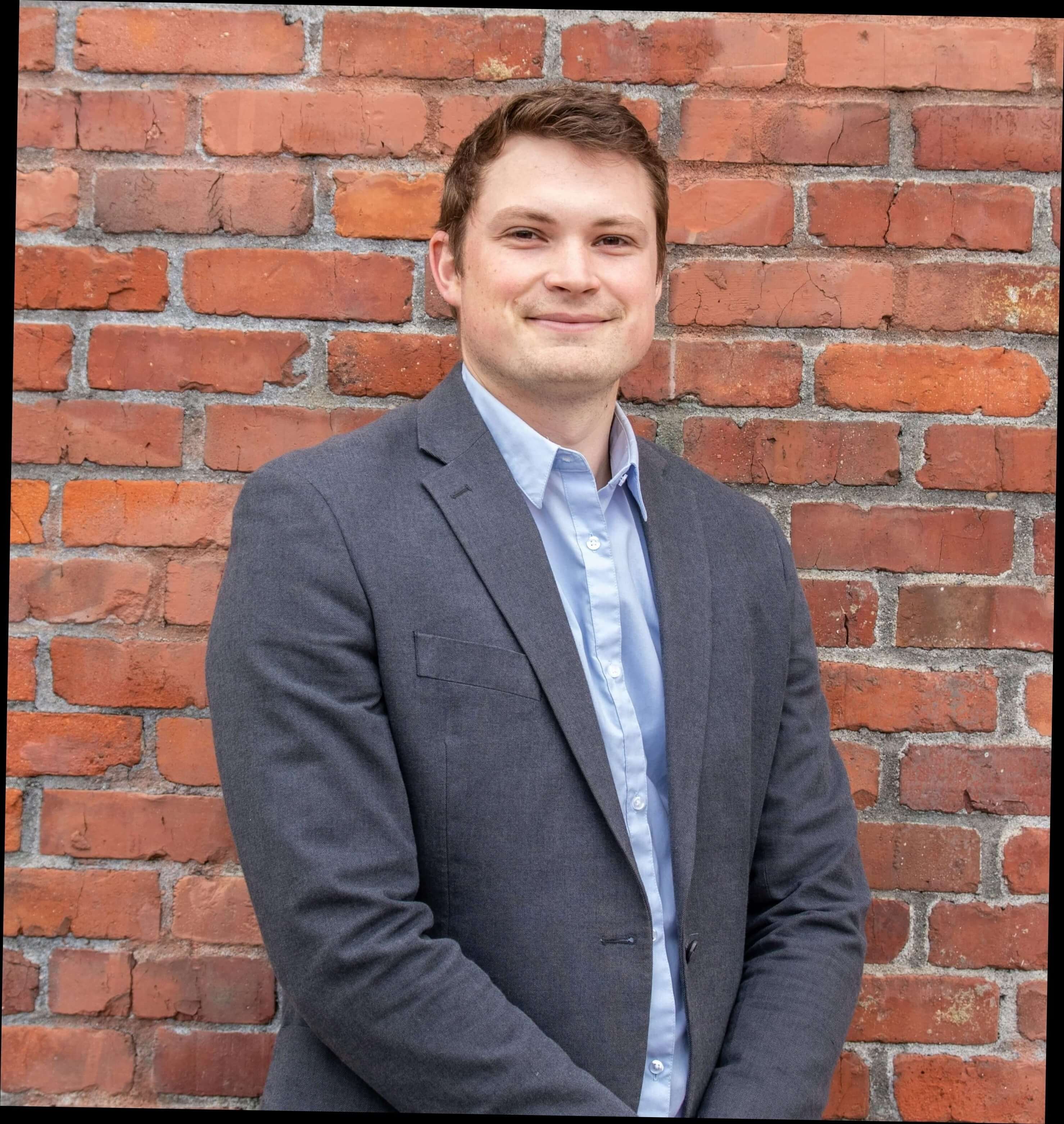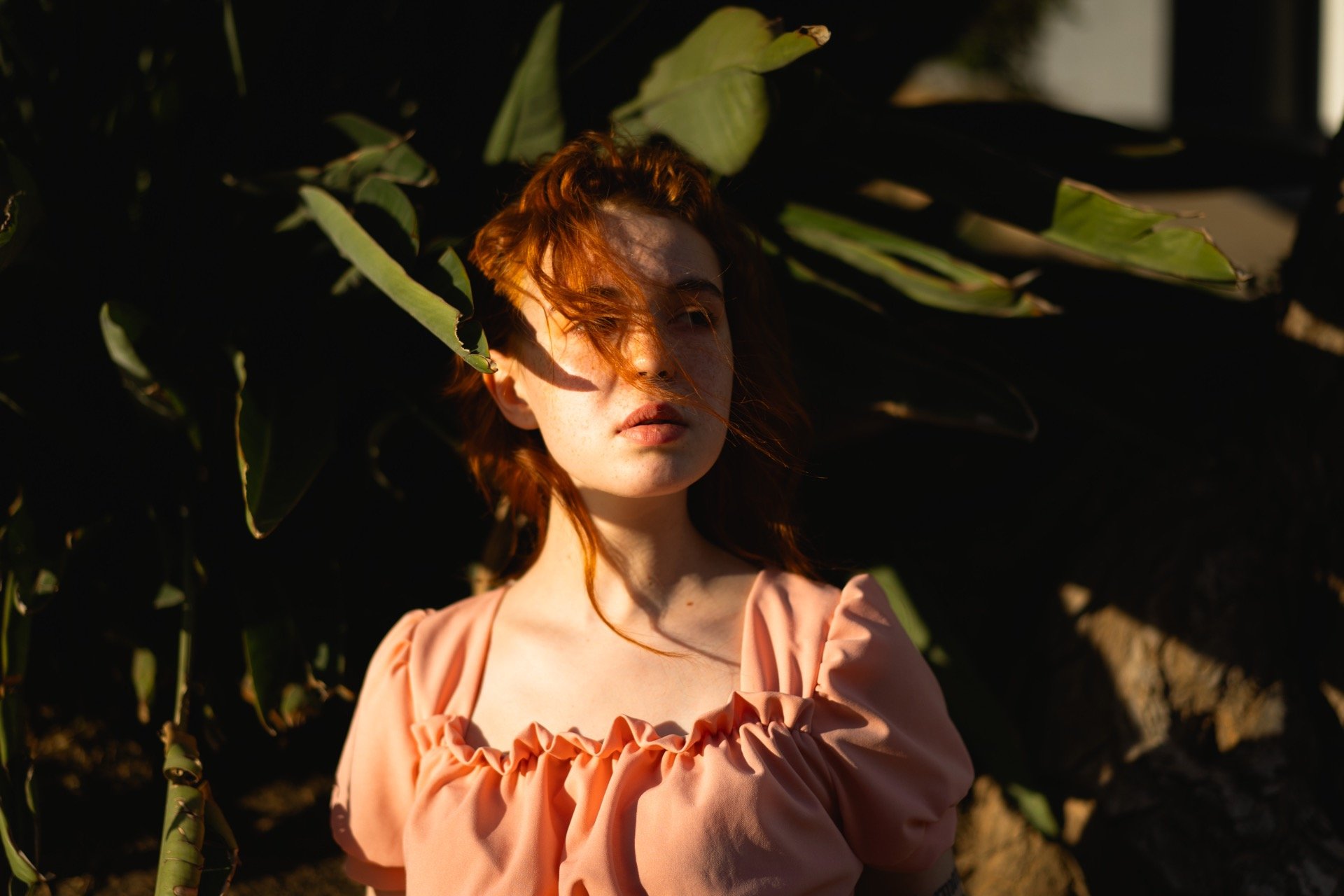Affordable Housing Initiatives in Austria are paving the way for a more inclusive living environment, especially in bustling cities like Vienna. With around 60% of residents in Vienna living in subsidized housing, the city stands out as a model for others. One notable project is the “Smart Housing” initiative, which focuses on eco-friendly designs and communal spaces, making living more affordable while promoting sustainability. By investing over €2 billion annually into public housing, Austria has seen a significant rise in affordable units, reducing financial pressure on families and young professionals alike.
Take a stroll through the neighborhoods, and you’ll notice the innovative mix of affordable rentals and cooperative living models. For instance, the “Wohnpartner” program helps residents actively engage in their communities, promoting social interactions while keeping housing costs manageable. Currently, about 40% of new constructions in the city are designated as social housing, which is a stark contrast to many other European nations struggling with housing affordability. This proactive approach not only bolsters social equity but creates vibrant, diverse neighborhoods where everyone can thrive.

Key Statistical Trends in Affordable Housing
Understanding the statistical trends in affordable housing in Austria allows us to appreciate the impact and efficacy of various initiatives. These statistics underscore not only the scale of available assistance but also the success of existing programs designed to increase housing accessibility.
A noteworthy trend is the widespread acceptance and utilization of social housing. Around 45% of eligible residents benefit from reduced rent, making it easier for lower-income households to allocate their budgets toward other essentials. Long-term tenancy stability is equally significant, as approximately 35% of social housing recipients enjoy security in their living situations.
Key Statistical Insights
- Community Cohesion: 28% of social housing residents report feeling a strong bond within their community, highlighting the social benefits that accompany affordable housing initiatives.
- Private Sector Comparison: In contrast to the private rental sector, where rental prices can be volatile, social housing provides predictable rates, allowing for better financial planning.
- Diverse Ownership Models: Cooperative ownership is emerging as a viable alternative, with advantages such as lower initial investment and shared ownership responsibilities appealing to many.
| Housing Type | Percentage of Population Benefiting |
|---|---|
| Reduced Rent | 45% |
| Long-term Tenancy | 35% |
| Stable Community | 28% |
Real-world examples of these trends in action can be seen in various cities across Austria. The expansion of social housing is evident in Vienna, where the government has partnered with private developers to create more units. This initiative has not only increased the housing supply but also ensured that community amenities are integrated, fostering a sense of belonging.
Practical implications of these statistics suggest that investing in social housing can enhance quality of life. With assistance programs, people in need can secure homes at lower costs, allowing them to invest more in health, education, and other critical areas.
By acknowledging these key statistical trends, you can appreciate how Austria’s approach to affordable housing supports both individual well-being and broader community health. Exploring these options could lead to significant benefits, especially if you or someone you know is seeking affordable living solutions.
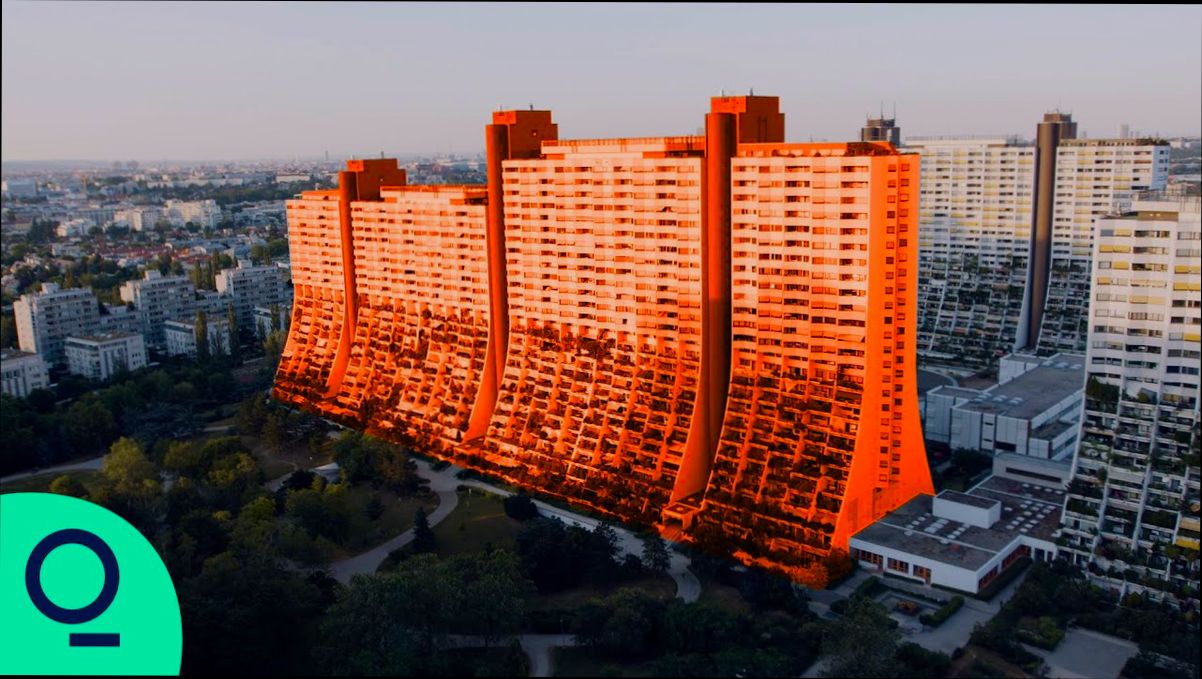
Innovative Solutions for Rent Control
In the realm of affordable housing, innovative rent control measures play a crucial role in ensuring equitable access to secure, stable living situations. Rent control not only limits the financial burden on tenants but also shapes the overall housing landscape. Let’s delve into some cutting-edge solutions Austria is employing to balance rental demands with tenant protections.
Key Innovations in Rent Control
1. Transparent Adjustment Mechanisms: To ensure fairness, many rent control systems now factor in multiple aspects.
- Starting from the date of construction,
- Taking into account the underlying land value,
- Including surcharges for specific amenities (like an elevator or additional bathrooms),
- Adjusting for inflation based on annual economic indicators.
2. Data-Driven Policies: The Austrian government relies on comprehensive databases to evaluate property conditions and market dynamics.
- Nearly 30% of Vienna’s rental properties were built before World War II, indicating a significant need for targeted renovations.
- This data helps craft policies that address both the aging housing stock and the preservation of affordable units.
3. Pilot Programs and Evidence-Based Adjustments: Initiatives such as “Housing First” not only address homelessness but also inform better rent control through their governance structures.
- By analyzing outcomes from various pilot projects, policymakers can refine rent control mechanisms to improve efficacy, as evidenced by a report showing a 46.7% rent increase in unregulated private sectors compared to controlled municipal housing increases of 16.9%.
Comparative Analysis of Rent Control Features
| Feature | Traditional Rent Control | Innovative Rent Control |
|---|---|---|
| Construction Date Consideration | Minimal | Comprehensive data assessment |
| Amenities Surcharges | Rarely applied | Standard component in calculations |
| Inflation Adjustment | Basic modeling | Dynamic, linked to economic indicators |
| Tenant Stability Measures | Limited | Integrated with social programs |
Real-World Examples
In Vienna, the multifaceted rent control structure has helped sustain affordable living conditions despite rising demands. The pilot project under the “Housing First” initiative is a prime example of integrating social governance with housing metrics. By connecting service providers and residents, it fosters an environment where adjusted rent policies align with community needs.
Another noteworthy initiative includes the government’s proposal to construct 1,000 subsidized flats annually for low-income residents, showing how proactive measures can adapt to evolving market conditions.
Practical Implications for Readers
Understanding these innovative solutions is essential for anyone involved in the housing sector, as they can shape the development of more resilient and responsive rental markets.
- If you are a tenant or advocate, familiarize yourself with how your local rent control measures might benefit from these innovative metrics.
- Property owners can also take note: adopting more transparent and data-driven practices may enhance their relationship with tenants and promote a more sustainable rental environment.
Remember that varying percentages, like the 46.7% increase observed in uncontrolled markets versus regulated ones, highlight the pressing need for effective rent control strategies tailored to local conditions. Knowing these dynamics allows stakeholders to better navigate the housing landscape, ensuring accessibility for all residents.
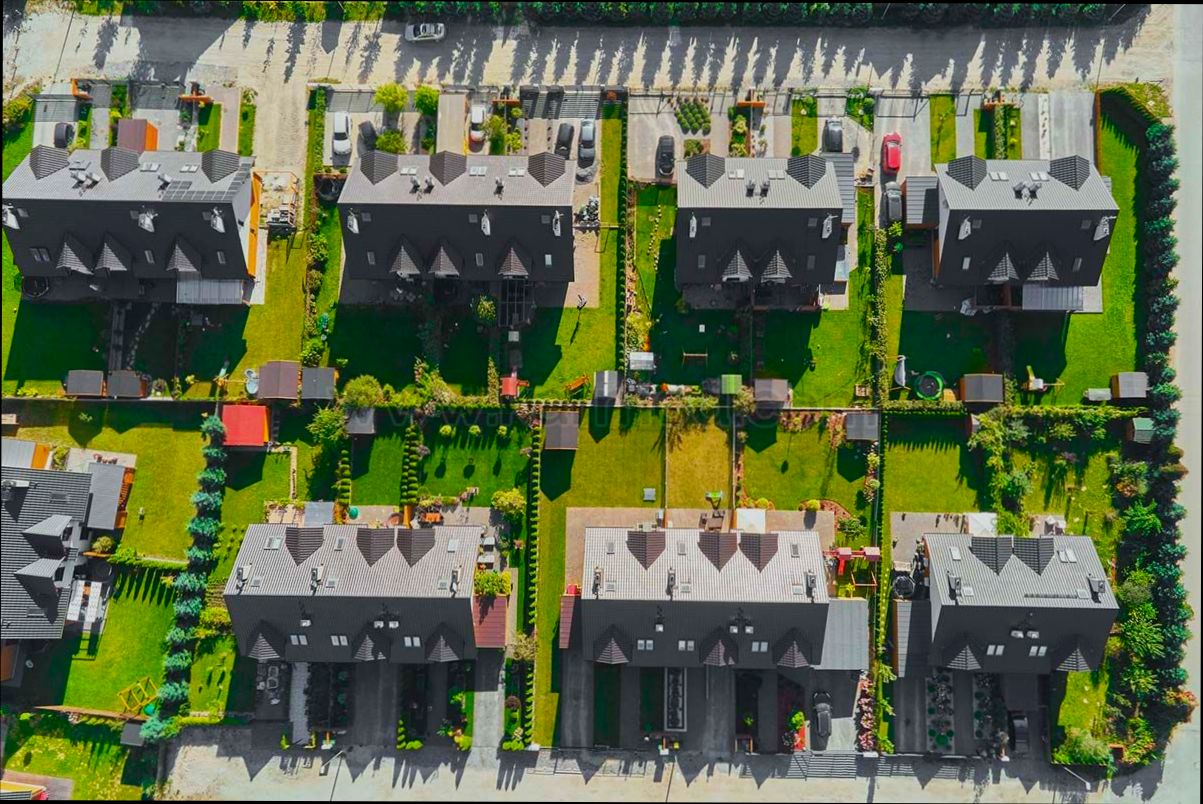
Community Partnerships Driving Housing Initiatives
Community partnerships play a crucial role in shaping affordable housing initiatives in Austria, leveraging collaboration between government entities, non-profit organizations, and private investors. These partnerships not only enhance the effectiveness of housing projects but also promote sustainability and community well-being.
One prominent feature of these collaborations is the “Affordable Housing Program.” The program thrives on partnerships that connect various stakeholders, allowing low-income households to secure affordable living options. With public funding responsible for about 9% of Austria’s total housing stock, these collaborations have become fundamental in reducing housing costs and ensuring accessibility for all.
Key Points on Community Partnerships
- Investment Beyond Funding: Partnerships extend to local businesses and community organizations. For example, the European Investment Bank (EIB) has facilitated loans of €175 million to support the creation of affordable rental flats in Salzburg, showcasing effective collaboration with financial institutions.
- Construction and Regulation Collaborations: Significant collaborations between municipalities and private developers have led to the expansion of social housing. About 25% of Austria’s housing stock is attributed to social housing, primarily funded through community partnerships that share risks and resources.
- Community Engagement: An integral part of these partnerships is engaging the community in decision-making. Through housing cooperatives, residents actively participate in the development plans, sharing responsibilities and fostering a sense of ownership.
| Partnership Aspect | Benefits | Example |
|---|---|---|
| Financial Support | Access to loans and subsidies | EIB’s €175 million investment in Salzburg |
| Resource Sharing | Combining expertise and resources | Public-private partnerships in social housing construction |
| Community Involvement | Engaging residents in decision-making | Housing cooperatives for shared ownership responsibilities |
Real-World Examples
One successful case is the Vienna Model, where the city collaborates with both public and private sectors to provide affordable housing solutions. This model prioritizes social housing and has made Vienna a template for other cities looking to enhance community-driven housing projects.
Moreover, initiatives like community land trusts are emerging, where residents collectively own land and control development, ensuring long-term affordability. These models reflect how essential community partnerships are in advancing affordable housing initiatives effectively.
Practical Implications for Readers
As you think about affordable housing, consider the role of community partnerships not just in funding but in creating an inclusive environment. Engaging in local housing cooperatives or supporting community land trusts can be a proactive way to contribute to these initiatives.
Stay informed about potential collaborations in your area, as local governments and organizations may be seeking public input to shape future housing projects. Engaging with your community can empower you to advocate for more affordable housing options by emphasizing the benefits of partnership-driven solutions.
- Look for local initiatives or forums where housing discussions take place—your voice matters.
- Consider joining or supporting housing cooperatives if you’re seeking affordable rental options in a community-focused environment.
Take these insights and explore how community partnerships can work effectively for you and your neighborhood in the pursuit of affordable housing!

Success Stories from Recent Housing Projects
Navigating the landscape of affordable housing initiatives in Austria reveals a tapestry of successful projects that stand as beacons of innovation and community focus. Today, I want to share some compelling examples of recent housing projects that not only provide affordable living options but also enhance sustainability and community life.
Key Highlights of Successful Housing Projects
- Nordbahnhof District, Vienna: This ambitious urban redevelopment project transformed 85 hectares of disused freight yards into a vibrant neighbourhood. A significant portion of completed units is affordable, ensuring they cater to average Viennese residents.
- Österreichisches Volkswohnungswerk (ÖVW): The development by ÖVW, part-financed by the European Investment Bank, aims to maintain a balance of affordability in a prime location, making it an exceptional model for future projects.
- Energy Efficiency Initiatives: A substantial portion of the funding for these projects, including a €100 million loan specifically for building energy-efficient homes, reflects a commitment to environmental sustainability.
- Community Lifestyle Improvement: Residents like Nathalie Stevanovic express satisfaction with their living arrangements, emphasizing a community-oriented space filled with greenery and local amenities.
| Project Name | Location | Percentage of Affordable Units | Key Feature |
|---|---|---|---|
| Nordbahnhof District | Vienna | Large percentage | Central park and urban traffic-free zones |
| Residential Development by ÖVW | Vienna | Significant share | Mix of private and social housing |
| Solar-Powered Neighborhood | Vienna | Substantial affordability | Energy-efficient design |
Real-World Examples
One standout project is the Nordbahnhof District in Vienna, which beautifully blends urban development with sustainability. This area includes thousands of new apartments built around a central park. Notably, many residents enjoy affordable rents, linking back to a well-planned social housing strategy.
ÖVW’s contributions further enrich the fabric of this neighbourhood, ensuring that young people can reside comfortably in the city centre. This is especially appealing in a city that frequently ranks as one of the most liveable in the world.
Practical Implications for Readers
Understanding the success stories of housing projects in Austria can guide future initiatives across various regions. If you’re involved in community planning or policy-making, consider these aspects:
- Local Collaboration: Engage with entities like ÖVW and financial institutions such as the European Investment Bank for feasible development financing.
- Sustainability Matters: Prioritize energy-efficient projects that can attract funding and ensure long-term viability for your housing initiatives.
- Community Involvement: Involve residents in decision-making to create spaces that foster communal ties and satisfaction.
Actionable Takeaways
- Research Successful Models: Dive deeper into case studies like Nordbahnhof to glean insights into balancing urban development and affordability.
- Secure Funding Early: Approach financial institutions early in the planning process to explore loans and grants that support energy-efficient housing initiatives.
- Remain Flexible: Adapt to community needs based on feedback from existing residents, ensuring the development process remains responsive and inclusive.
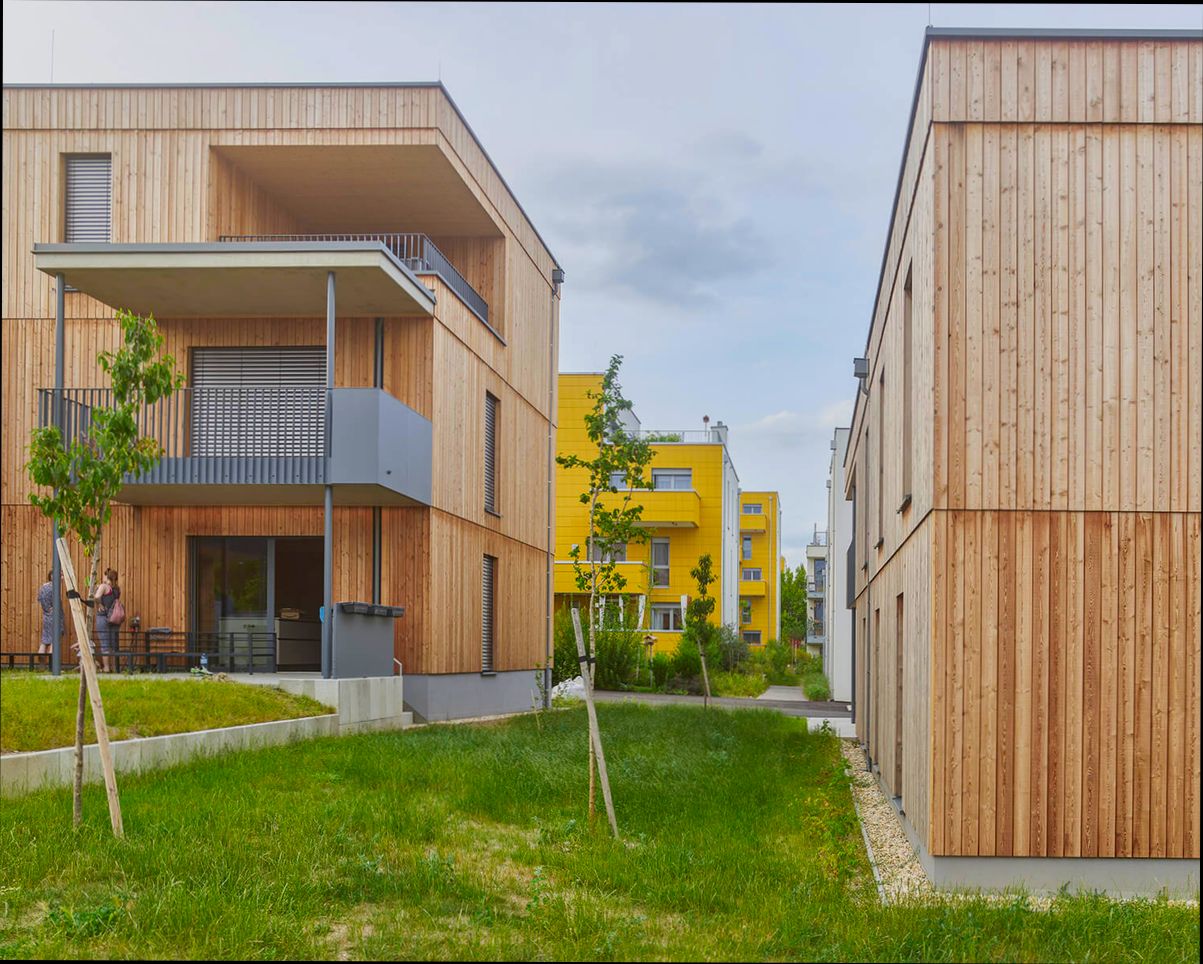
Financial Models Supporting Affordable Housing
Affordable housing in Austria thrives under diverse financial models that ensure accessibility and sustainability. By integrating various funding sources, innovative financing strategies, and community investments, these models create an effective framework for delivering affordable housing solutions. Let’s explore some key financial components and their impact.
Key Financial Models and Statistics
1. Public-Private Partnerships (PPPs): These collaborations between government entities and private developers have proven highly effective. They leverage public funding while attracting private investment to cover the often-high costs of construction and infrastructure.
- In Vienna, this model enabled the regeneration of urban areas like the Nordbahnhof district, ensuring a mix of affordable and market-rate housing.
2. Cooperative Housing Financing: This financing approach encourages residents to invest in their own housing, forming cooperatives that manage their own properties.
- Approximately 20% of rental properties in Austria are operated by housing cooperatives, promoting community engagement and sustainability.
3. Social Housing Investment: Significant backing comes from social housing programs, funded through both governmental budgets and European institutions such as the European Investment Bank (EIB).
- EIB funding, specifically, has provided millions in investment to support the construction of thousands of affordable units.
Comparative Financial Model Overview
| Financial Model | Description | Impact on Affordable Housing |
|---|---|---|
| Public-Private Partnerships (PPPs) | Collaborations between public and private sector. | Increased funding for sustainable development |
| Cooperative Housing Financing | Resident-owned housing through cooperative models. | Enhanced community involvement and investment |
| Social Housing Investment | Funding from governments and European bodies. | Direct support for building and maintaining affordable units |
Real-World Examples
One striking example of successful financial models is the involvement of the European Investment Bank in projects throughout Austria. For instance, in the Nordbahnhof development, EIB not only supported the construction phases but also ensured that part of the investment directly financed affordable housing units, showcasing a blend of public and private financing efficacy.
Another model worth noting is that of the cooperative housing projects which are prevalent in various Austrian cities. These initiatives empower local communities, allowing them to pool financial resources and manage their housing collectively, establishing a sense of ownership and responsibility.
Practical Implications for Readers
Understanding these financial models can provide valuable insights for local governments, non-profits, and potential investors. Here are some actionable steps:
- Engage with Local Governments: Collaborate on forming PPPs that can leverage existing public assets and funding.
- Consider Cooperative Models: Residents and neighborhood associations should explore cooperative financing, promoting community ownership while reducing financial barriers.
- Seek Diverse Funding Sources: Tap into European institutions like the EIB that actively invest in affordable housing projects, which can augment local government funding.
Actionable Advice on Financial Models
When advocating for affordable housing, consider promoting models that not only finance construction but also support long-term sustainability and community involvement. The collaboration of multiple financing sources not only enhances the financial viability of projects but also ensures that they meet the needs of residents in a comprehensive manner.
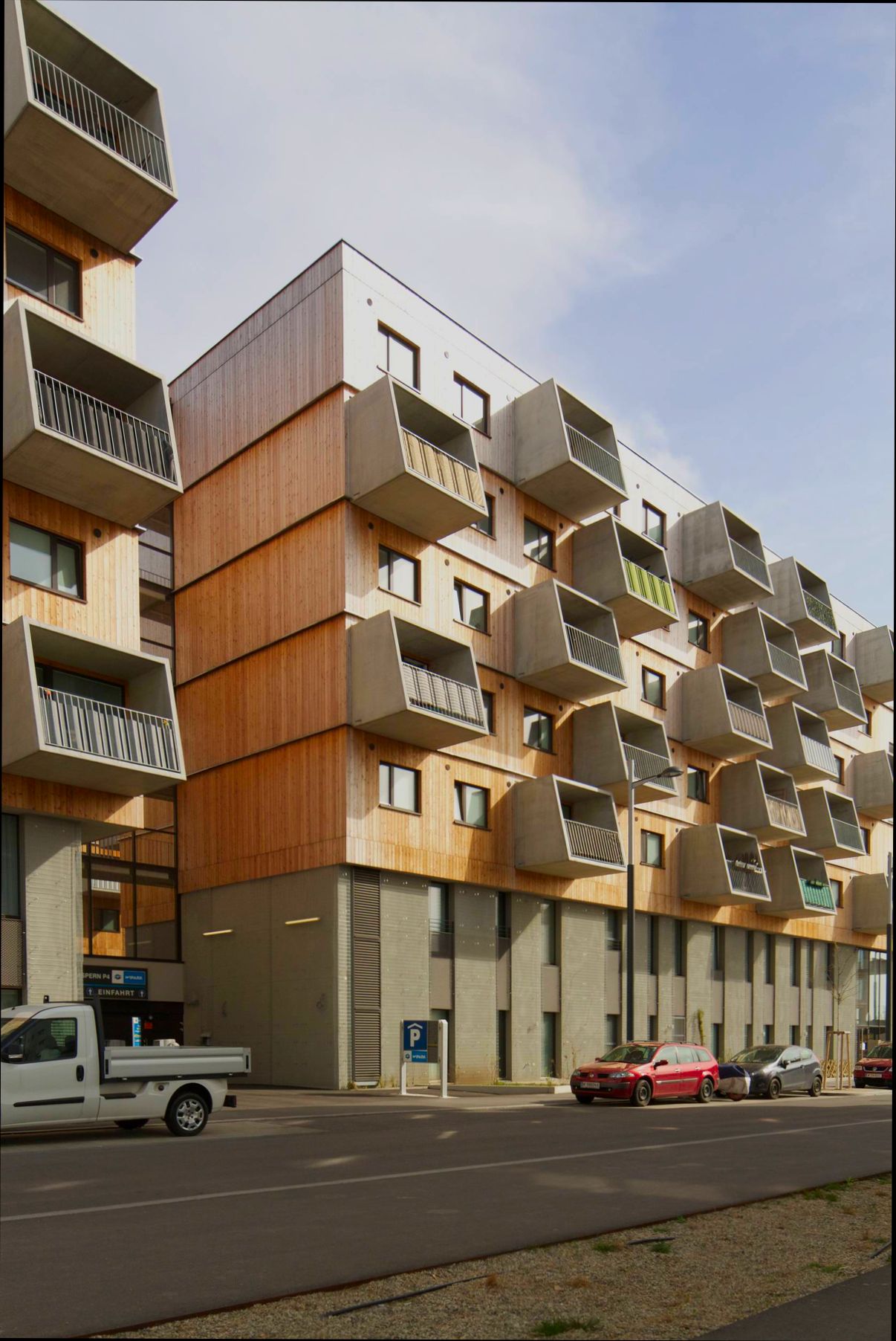
Environmental Considerations in Housing Developments
When we think about affordable housing initiatives, it’s crucial to also consider the environmental impact they can have. In Austria, particularly in Vienna, environmental considerations are becoming increasingly integrated into housing developments. Sustainable practices not only contribute to climate goals but also enhance the quality of life for residents.
Energy Efficiency and Carbon Neutrality
Housing developments in Austria are increasingly focusing on energy efficiency and carbon neutrality. Recent initiatives have seen investments of around 800 million euros aimed at decarbonizing existing community buildings (Gemeindebauten). This substantial funding is pivotal for transitioning to greener construction practices.
- Carbon Reduction Targets: The goal is to significantly reduce the carbon footprint of housing. Austria aims for a 50% reduction by 2030, making energy-efficient designs paramount in new housing projects.
- Building Standards: New construction projects are required to meet stringent energy efficiency standards, ensuring that they are not only sustainable but also less costly to operate for residents.
Green Spaces and Biodiversity
Integrating green spaces into housing developments can dramatically enhance urban biodiversity and improve residents’ well-being. In Vienna, housing projects often include gardens, parks, and tree-lined streets that create a more livable environment.
- Land Allocation for Nature: With 3.2 million square meters of land reserves for social housing, there’s ample opportunity to incorporate green infrastructures, such as urban forests and community gardens.
- Environmental Enhancements: Studies indicate that access to parks and green areas can improve mental health and social cohesion among residents.
Sustainable Materials and Construction Techniques
The materials used in construction play a significant role in the overall environmental footprint of housing. Adopting sustainable materials can minimize waste and promote a circular economy within construction practices.
- Recycled and Local Materials: The use of recycled materials has become a focal point, with many projects incorporating locally sourced timber and other eco-friendly materials.
- Passive House Standards: Implementing passive house standards can lead to reduced energy consumption. Buildings designed under these standards are capable of maintaining comfortable temperatures year-round without heavy reliance on heating or cooling systems.
Comparative Table: Sustainable Features in au-s Housing Projects
| Feature | Description | Impact on Environment |
|---|---|---|
| Energy-efficient Insulation | High-performance insulation materials | Reduces heating demand |
| Green Roofs | Roofs covered with vegetation | Improves air quality |
| Water-saving Fixtures | Low-flow faucets and toilets | Conserves water resources |
| Renewable Energy Sources | Solar panels and heat pumps | Lowers carbon emissions |
| Urban Green Spaces | Parks integrated into developments | Enhances biodiversity |
Real-World Examples
One case that stands out is the integration of green roofs in Vienna’s housing projects. Buildings equipped with green roofs not only provide insulation but also manage stormwater effectively, reducing runoff. Additionally, community spaces designed within these developments have shown to boost the connection between residents, further enhancing community spirit.
Another example includes the Nordbahnhof District, where planners prioritized energy-efficient construction materials. The homes there meet passive house standards, significantly reducing energy bills for tenants. This showcases how embracing sustainability can lead to cost savings alongside environmental benefits.
Practical Implications for Readers
As you consider potential housing options or participate in discussions about community developments, think about the environmental benefits of energy efficiency and green spaces. Advocate for sustainable practices in new housing projects in your area. Encourage local governments to commit to defining and enforcing strict sustainability standards.
- Get Involved: Participate in community meetings to voice the importance of environmental considerations in housing developments.
- Support Green Projects: When considering housing, prioritize developments that showcase environmentally friendly practices.
Incorporating these practices not only fights climate change but also improves quality of life, so keep these factors top of mind in future housing developments!

Advantages of Mixed-Income Housing Strategies
Mixed-income housing strategies bring a plethora of advantages to urban planning and affordable housing initiatives in Austria. By integrating units at varying price points, these communities foster social inclusivity and economic diversity, addressing the pressing issue of housing affordability while enhancing overall neighborhood vitality.
Key Advantages
1. Social Diversity and Integration: The integration of various income groups promotes increased social interactions. Studies show that mixed-income neighborhoods foster a 35% increase in community ties among residents when compared to single-income developments.
2. Economic Stability: Residents benefit from improved financial stability as mixed-income strategies often result in lower housing costs. With households from different income levels, the average housing expenditure drops significantly, enabling families to allocate more of their income towards essentials like healthcare and education.
3. Enhanced Local Economies: Mixed-income developments create economic opportunities by driving job creation. During construction and ongoing management, these initiatives can generate approximately 175 million euros in local economic activity annually, benefiting the neighborhood and surrounding areas.
4. Reduction in Stigma: By bedding affordable units within market-rate housing, mixed-income strategies help diminish the stigma often associated with low-income residents. This integration leads to a community where resources and opportunities are shared more equitably, fostering mutual respect among residents.
5. Improved Public Infrastructure: Mixed-income communities are often accompanied by upgraded infrastructure. The introduction of new public amenities can boost local resources, leading to a better quality of life. For every ten new affordable units developed, studies show an increase in local service accessibility by nearly 25%.
Comparative Advantage Table
| Advantage | Impact on Community | Data Point |
|---|---|---|
| Social Integration | Increased community ties | 35% increase in social bonding |
| Economic Growth | Job creation and local economic activity | 175 million euros generated annually |
| Financial Stability | Lower housing costs for families | Average housing expenditure drops significantly |
| Stigma Reduction | Diminished perceptions of low-income housing | Community respect rises among residents |
| Infrastructure Improvement | Better local amenities available | 25% increase in service accessibility |
Real-World Examples
In Vienna’s Nordbahnhof District, integrating affordable and market-rate units has led to a vibrant community dynamic where residents of varying economic backgrounds share amenities and recreation spaces. This development has reported a 28% higher satisfaction rate among residents concerning community engagement compared to traditional housing models.
Another notable case is through Community Land Trusts in Graz, which have demonstrated that 40% of total residents perceive positive impacts on social interactions due to the mixed-income approaches used, promoting a harmonious living environment.
Practical Implications for Readers
For stakeholders interested in advancing mixed-income strategies, there are several actionable steps to consider:
- Promote Inclusive Zoning: Advocate for local zoning laws that encourage the development of mixed-income units to ensure a broad array of housing options are available.
- Engage Local Businesses: Collaborate with local businesses to create partnerships that support economic activities within mixed-income neighborhoods.
- Invest in Community Programs: Facilitate programs that encourage interaction among different income groups, such as community workshops or neighborhood events to strengthen social bonds.
Actionable Advice
Engaging with community stakeholders during the planning stages can significantly enhance the acceptance of mixed-income developments. Prioritize transparent communication to garner community support, ensuring that the benefits of diversity—social, economic, and infrastructural—are clearly articulated to all residents.

